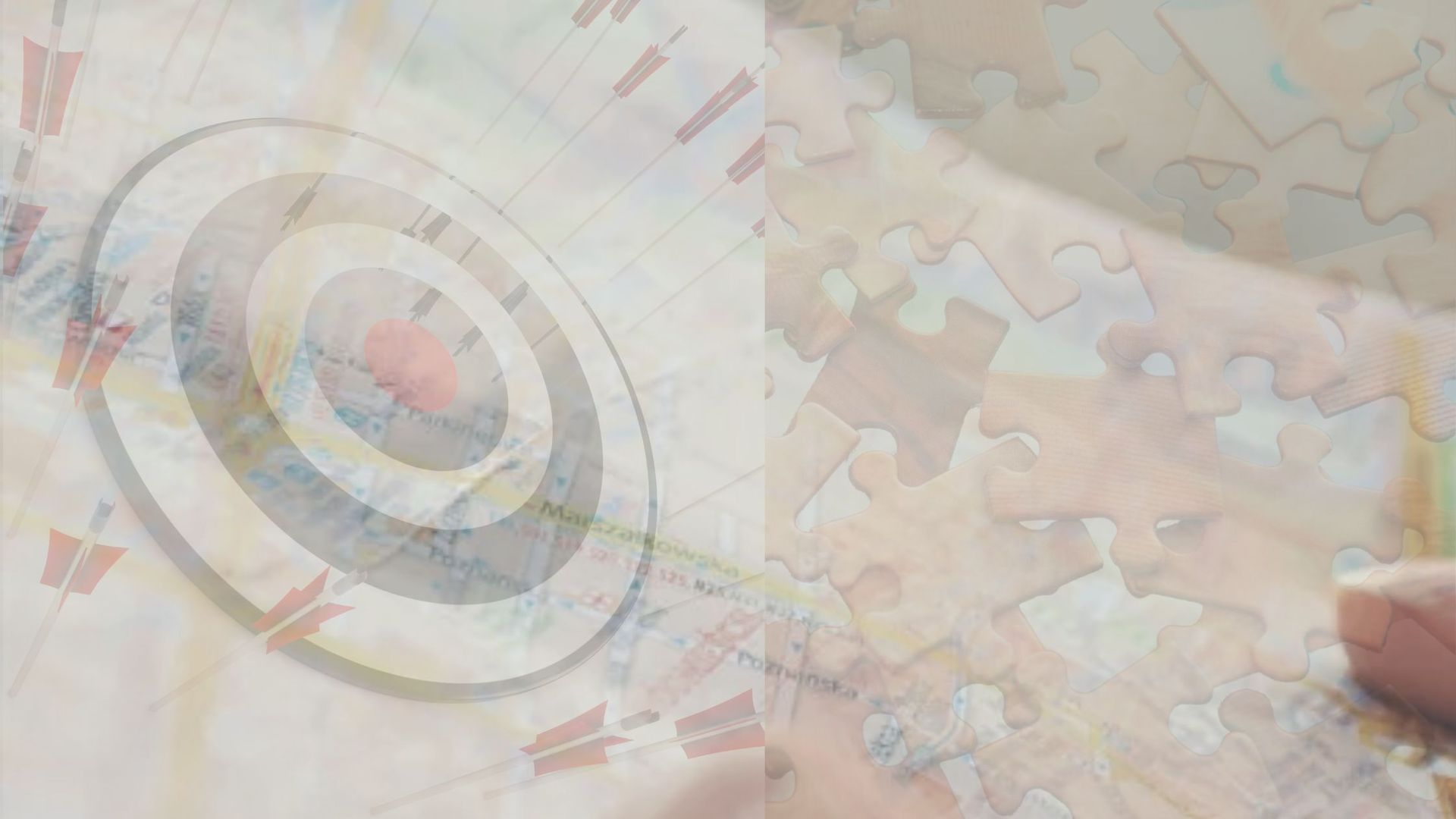Scope creep: When the project gets out of hand
Scope creep: When the project gets out of hand
Summary
Scope creep describes the uncontrolled expansion of a project's scope, often triggered by additional requirements. This phenomenon leads to delays in time and budget and overloads the team. But there are ways to combat it.
What is scope creep?
I imagine it as a huge fluffy thing that you want to cuddle, but which usually gets on your nerves.
Imagine you have a huge bookshelf. You have a clear plan: this Saturday morning, take the books out, dust them, wipe down the shelves, install lamps (which illuminate the entire bookcase from above), put the books back in, done. But then you think, ‘While I'm at it, I might as well sort through a few books, donate them to the local library and make room for new books at the same time.’ And there stands the fluffy thing, batting its pleading eyes. And then, ‘The bookshop is still open, I can go right now and buy the five books that came to mind when I was thinking about my bookshelf today.’ Before you know it, a Saturday morning project has turned into an all-day project that takes up more time and more budget. And the fluffy thing grins at me.
The term
Scope creep! This phenomenon is widespread in project work and can cause even the best-managed projects to fail. The PMI (Project Management Institute) estimates that 52% of projects struggle with scope creep.
The term scope creep describes the uncontrolled expansion of a project's scope. At the beginning, there is a clear definition of what the project should and should not achieve – that would be the ideal situation. This is the so-called scope. Scope creep occurs when, in the course of the project, more and more additional functions, requirements or tasks are added that were not originally planned.
The scope of the project often grows in small, inconspicuous steps and the fluffy thing gets bigger and bigger. One stakeholder asks for a ‘small change here’, another team member suggests a ‘cool new feature’, and before you know it, the original plan has vanished into thin air. The problem with this is that each of these small changes has consequences. It costs time, money and resources and can jeopardise the entire project.
Why does scope creep happen?
The reasons for scope creep are manifold and often human in nature:
Lack of clear project definition: If the scope of the project is vague or unclear from the outset, it is easy to add new things. A precise and detailed scope definition that is understood and accepted by all parties involved is the best protection.
Unexpected requests from stakeholders: Customers, managers or other stakeholders often see new opportunities during the course of the project and want changes. These requests are often justified with ‘It's just a small thing!’
Gold plating: This is a special case of scope creep, where the project team itself adds additional, unsolicited features. Out of a desire to deliver a perfect or particularly impressive product, features are often added that no one really needs. This is often observed in tech-savvy teams who are eager to use the latest technologies.
Communication problems: If communication between the project team and stakeholders does not work, misunderstandings can arise. A misunderstanding of the requirements can lead to the development of unwanted or additional functions.
Human factors: The desire to make customers happy is understandable and human, but it opens the door to scope creep. A lack of courage to confront issues is also inherent in this.
The Consequences:
The consequences of scope creep are rarely positive. A project in which scope creep has crept in almost always struggles with the same problems:
Delays. Every new requirement takes time. The planned end date can no longer be met, leading to frustration for everyone involved.
Budget overruns. More work means higher costs. The planned budget is no longer sufficient to complete the project.
Overloading the team. The team suddenly has to do more than originally planned. This leads to stress, overtime and, in the worst case, burnout.
Loss of quality. In order to somehow cope with the new requirements, compromises often have to be made in terms of quality. Work is rushed, tests are neglected. The end result is a product that has more features but is full of bugs.
Project cancellation. In extreme cases, scope creep can be so severe that the project becomes completely uncontrollable. Sometimes there is no choice but to cancel it completely.
Dealing with scope creep the right way
So, what do you do when scope creep comes knocking at your door and shakes up your plans? Even if not all ideas for project expansion are bad, they must be handled correctly. There are clear strategies to counteract it:
Clear project definition from the outset. Before the first step is taken, the scope of the project must be set out in writing. So-called scope statement/ requirements catalogue or similar documentation defines exactly what is included in the project and, very importantly, what is not. This document should be signed by all key stakeholders and, ideally, form part of the project assignment/project contract.
Robust change management process. Requests for new features or changes are not simply accepted ‘on a whim’. There should be a clear, formal process. Each request is evaluated: What impact does it have on time, costs and resources? This assessment is then presented to the stakeholders, who must decide whether they are willing to accept the additional costs and delays or whether it can be part of a new project.
Communication. Regular meetings with all stakeholders are crucial. The project manager must make progress transparent and communicate early on what impact changes could have. This keeps everyone up to date and avoids misunderstandings.
Protect the team. As project manager, it is your job to protect your team from uncontrolled requirements. Be the buffer between the team and the stakeholders. Remind them that the focus is on what was agreed at the beginning.
Quintessence
Scope creep creeps in slowly and unobtrusively and can cause even the best plans to fail. The good news is that with a clear definition, a robust process and open communication, you can keep this project disruptor at bay. Boundaries and a stable project scope are important – whether it's your bookshelf or the development of complex software.
Would you like to know more, are you looking for advice on your project or support for your project? Then please feel free to contact me.






